Electric current is used in an array of different fields, be it in the home, businesses, industry or for charging electric vehicles. However, there are two types of electric current: single-phase current and three-phase current. What is the difference between them and how can you know whether your EV is single-phase or three-phase?
The difference between single-phase and three-phase current
Single-phase current is the norm in most households. It features an alternating current which peaks and dips in a cycle between a positive and a negative value.
Three-phase current can also be found in households. However, it is mainly used in industry, factories, large companies and high-performance facilities. Unlike single-phase current, three-phase current uses three separate voltage supplies.

💡 Single-phase and three-phase currents are alternating currents (AC) which are used to charge EVs at home and which can also be found at many public charging points. In this article, we are not going to discuss direct current (DC), which is used at rapid charging stations where a charging cable is already tethered to the station for safety reasons.
Knowing whether a vehicle is single-phase or three-phase by its connector type
The EV connector, also called a charging port, determines whether the vehicle charges in single-phase or three-phase. EVs are equipped with a dedicated connector which can be used to plug into single-phase or three-phase charging stations. If the vehicle’s connector is not identical to the charging station, the charging capacity will be automatically limited.
- Single-phase EV → at a three-phase charging station: charging capacity limited by the vehicle
- Three-phase EV → at a single-phase charging station: charging capacity limited by the charging station

To check whether a vehicle is single-phase or three-phase, all you need to do is open your EV’s charging port flap and count the number of power contacts contained in the charging port.
Single-phase EVs
The connector of a single-phase electric vehicle is made up of 3 power contacts.

To charge a single-phase EV, you can choose a single-phase charging cable. Single-phase charging cables have a maximum charging capacity of 7kW. They allow you to charge a single-phase EV at single-phase charging stations (7kW) in optimum conditions.
💡 Electric vehicles equipped with a Type 1 connector are necessarily single-phase EVs. On the other hand, Type 2 connectors can be either single-phase or three-phase depending on the vehicle model.
Three-phase EVs
The connector of a three-phase vehicle is made up of 5 power contacts.

Three-phase electric vehicles will require a three-phase charging cable to be able to charge in optimum conditions. Charging three-phase EVs via a three-phase cable from a 22kW charging point (three-phase) provides you with rapid charging in the best conditions.
Two-phase EVs
Some vehicles are equipped with a two-phase connector. Two-phase connectors are made up of 4 power contacts. This configuration is not so common, but can be found on some recent models such as the Volkswagen E-up and some models marketed by Skoda, Seat and Mercedes.

For these vehicles, three-phase charging solutions are the most suitable.
💡 The “two-phase” system is made up of two single-phase currents outputting the same efficiency but with a shift between the phase cycles.
Some specific cases
There are a few specific cases where it is not necessarily a good idea to buy a cable that matches your vehicle:
- If you are thinking of swapping your single-phase EV for a more recent version, it is more financially sound to purchase a three-phase charging solution which you will be able to use in the future. New electric vehicles tend to be equipped with a three-phase connector for faster charging.
- For some home installations, it may be more advantageous to buy a charging station that doesn’t have the same power rating as your EV. For advice on this topic, contact your electrician or a qualified charging station installer.
- For three-phase EVs with an 11kW on-board charger, you can consult our special purchasing guide for 11kW EVs.
In short, the main difference between single-phase and three-phase current is the number of voltage supplies used. Single-phase current uses a single alternating voltage supply, whereas three-phase current uses three alternating voltage supplies providing three phase cycles that offset each other. It is essential to know whether your EV is single-phase or three-phase in order to opt for the right charging solution and enjoy an optimum charging experience. Charging cables and stations are available in a range of charging capacities to meet the requirements of all EVs on the market and various electrical installations.
To make it easier for you to purchase a charging cable or station, a power rating equal to or less than 7.4kW points you in the direction of a single-phase charging solution and higher power ratings, such as 11kW and 22kW refer to three-phase charging solutions.
➡️ You still have doubts about your vehicle?
Think about searching for your EV on our website and check whether your version is single-phase or three-phase. The products proposed are compatible with the EV model in question, so you can make the right choice depending on whether your electrical installation is single-phase or three-phase.

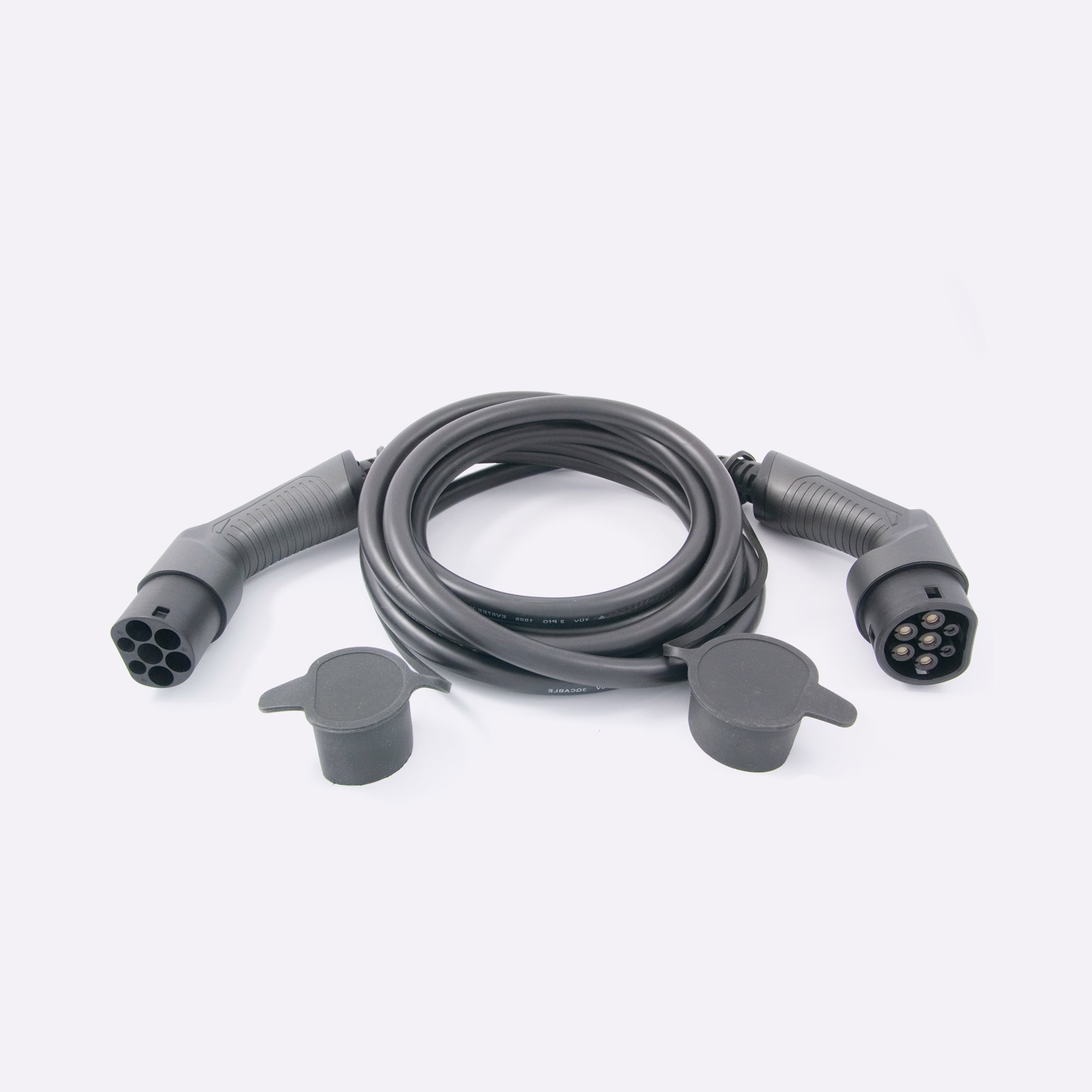
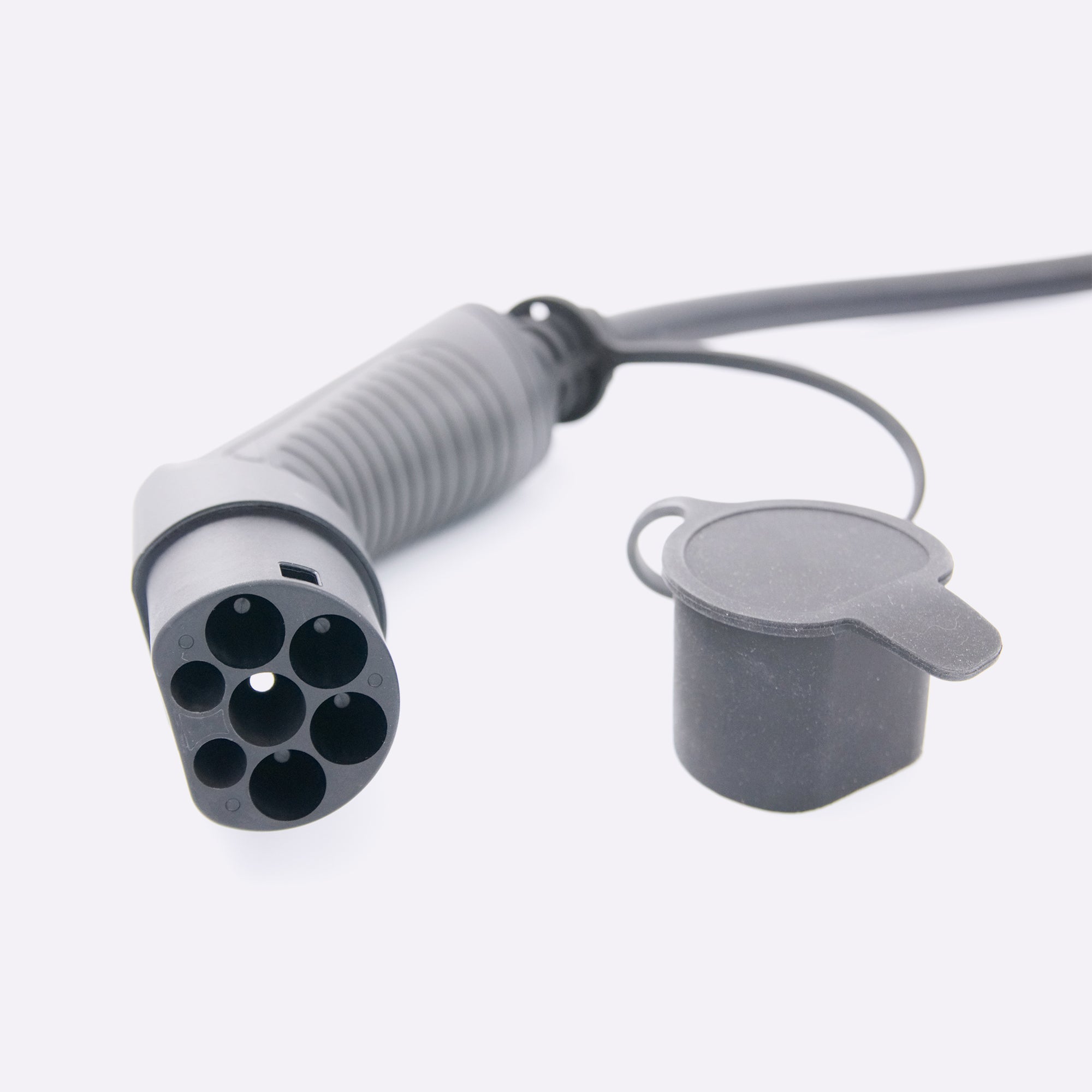
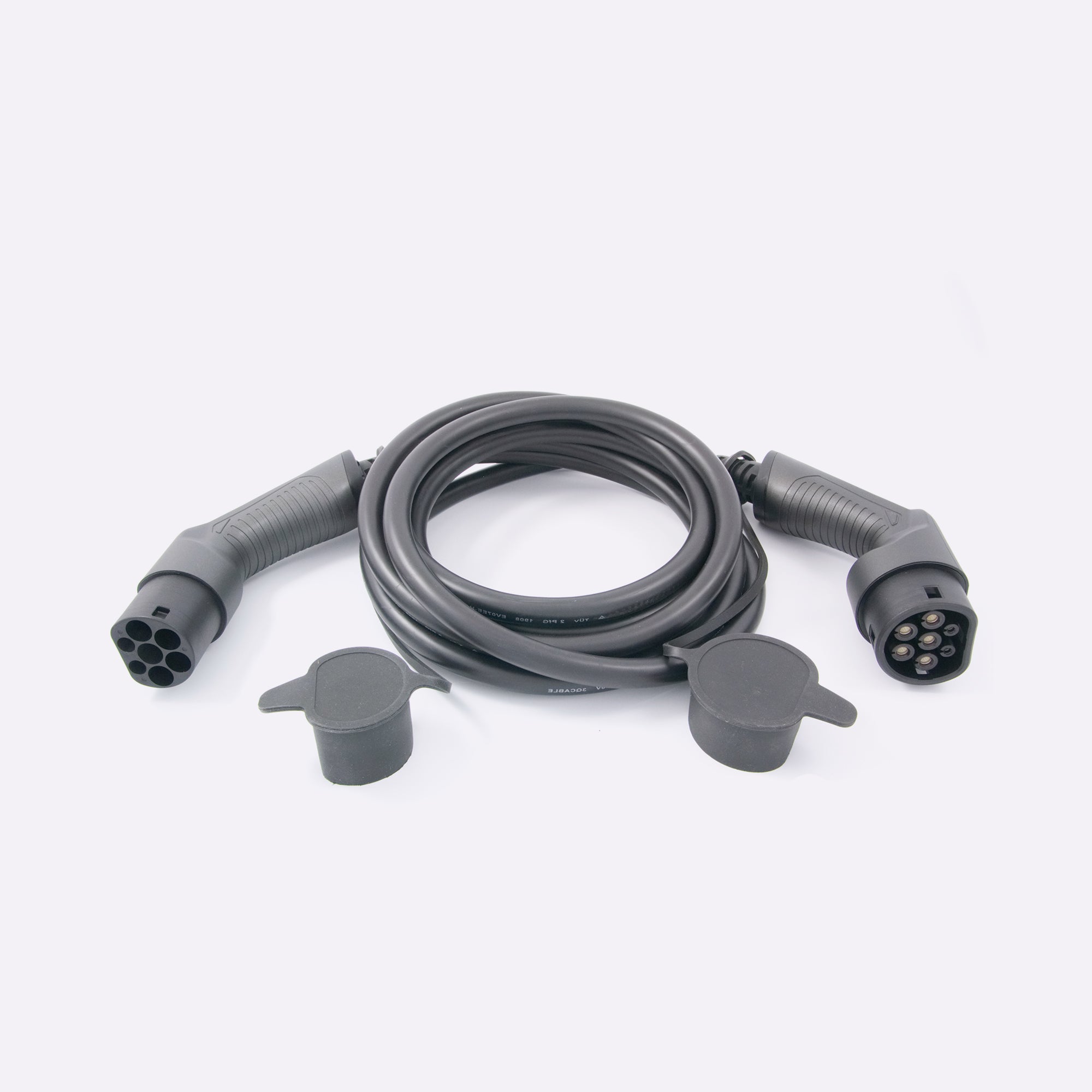
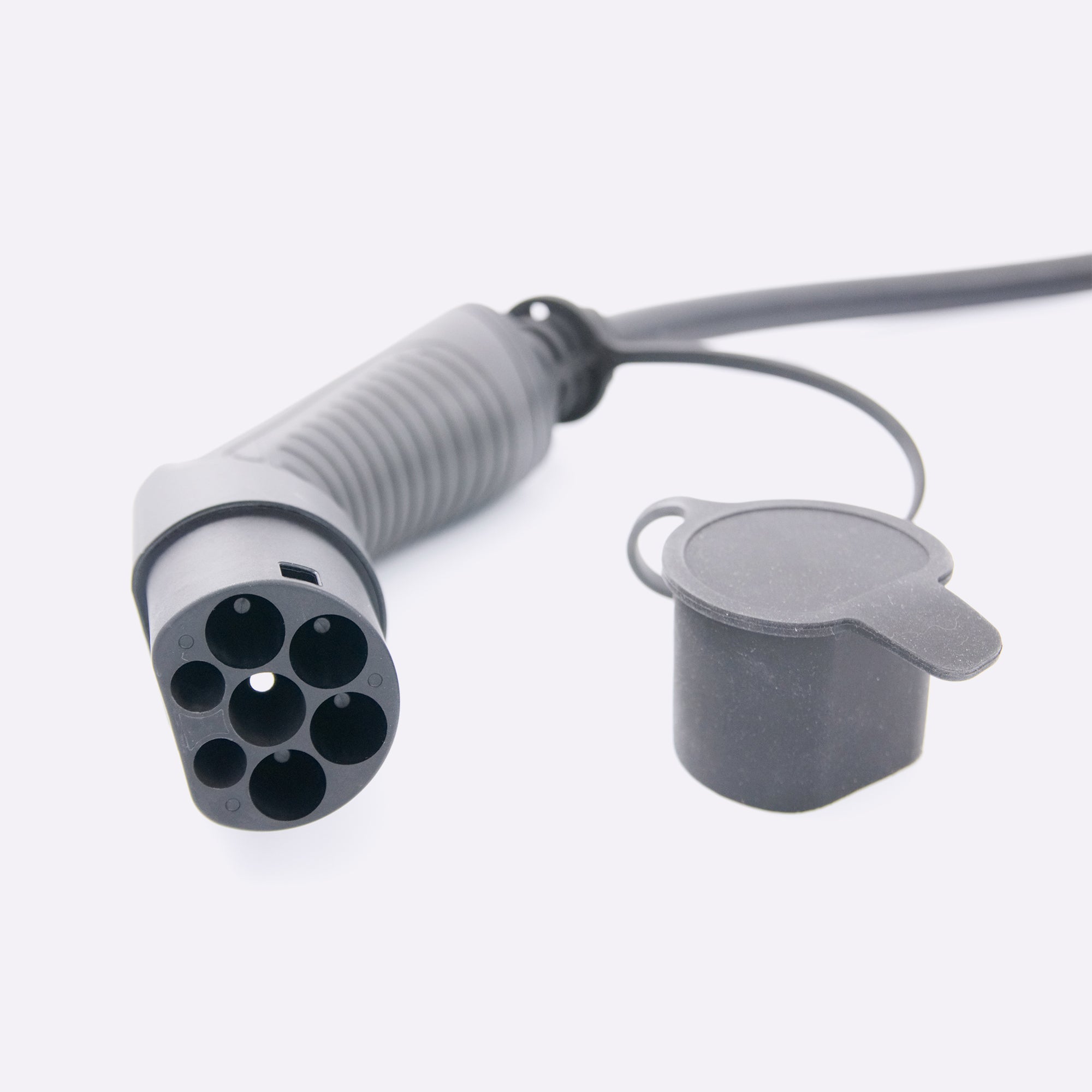
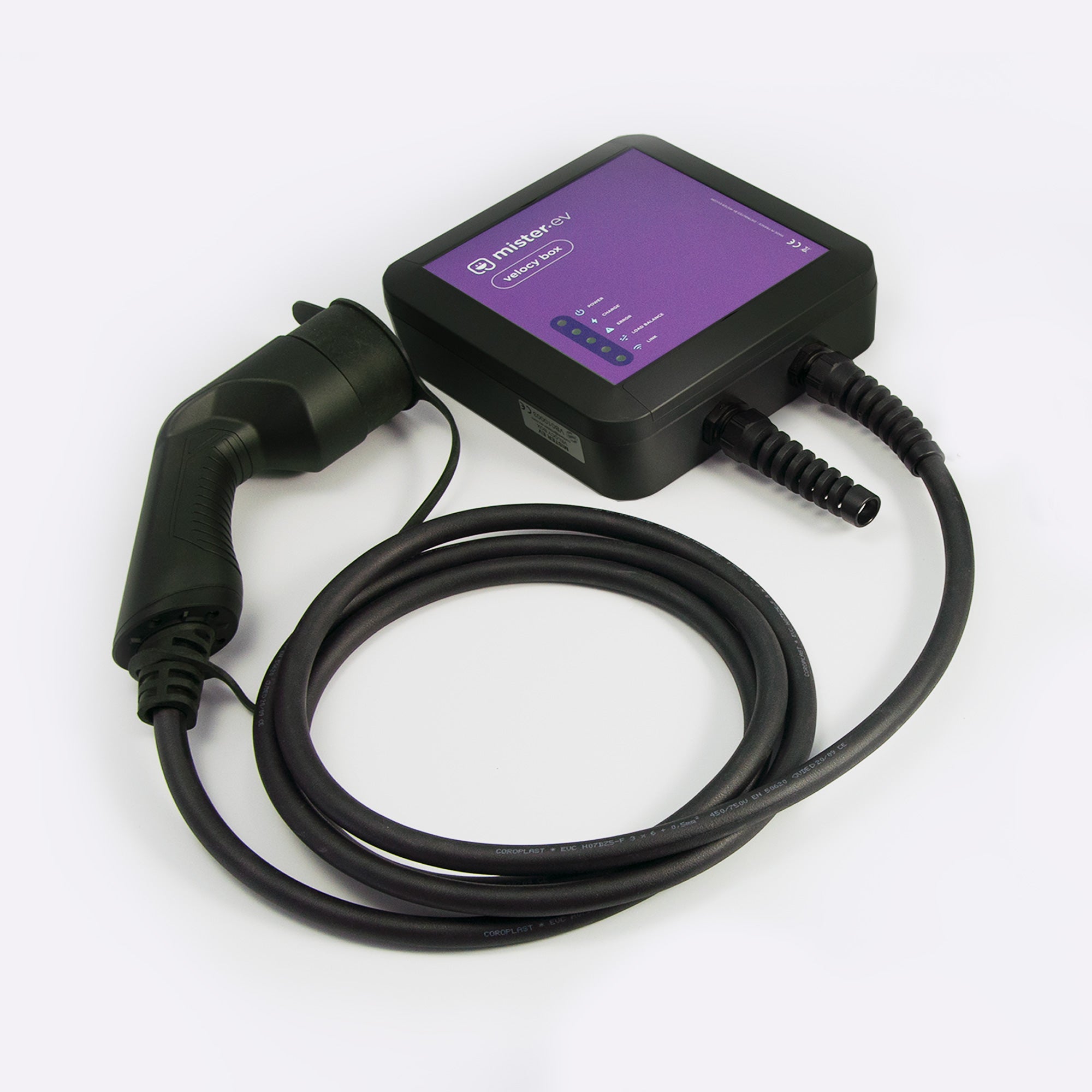
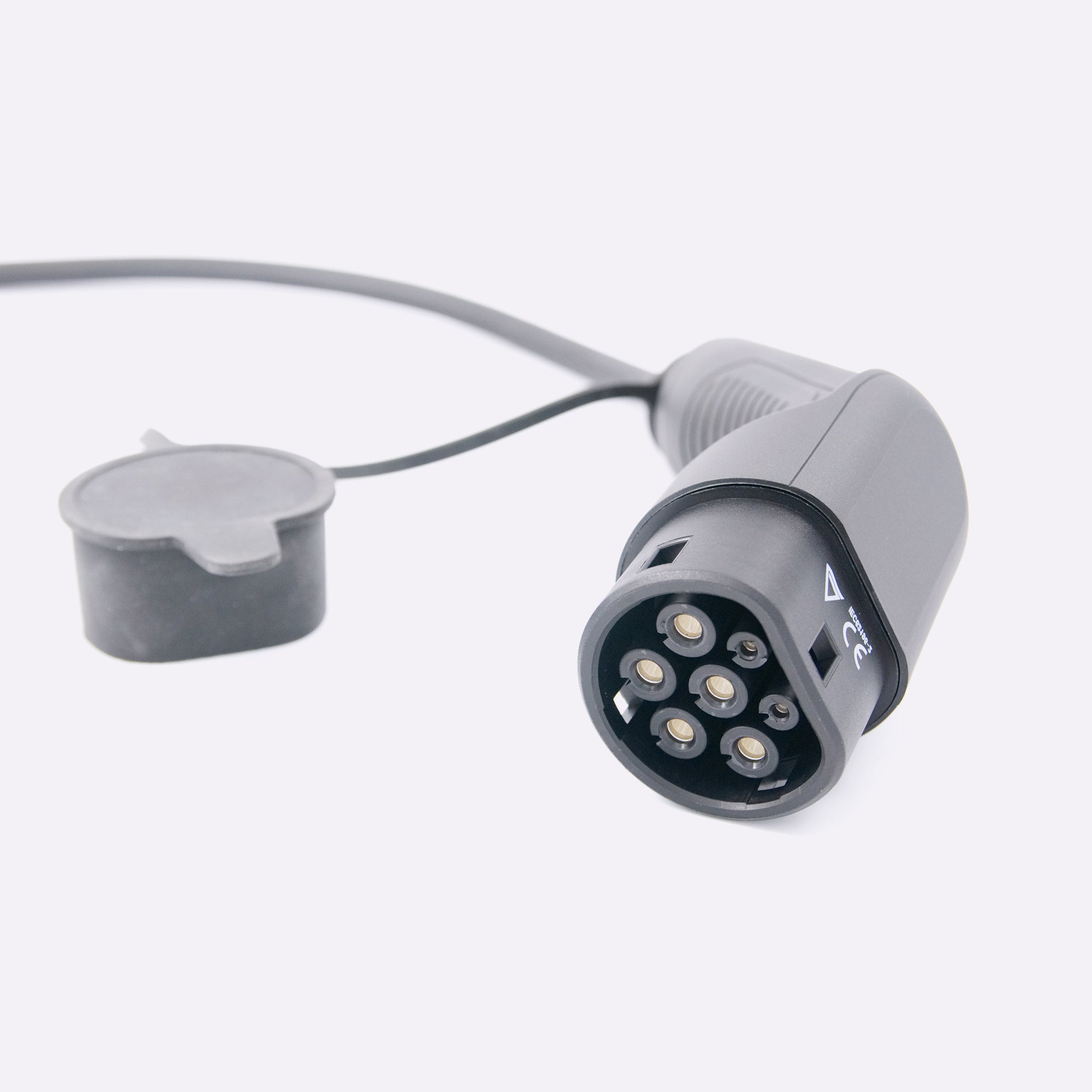
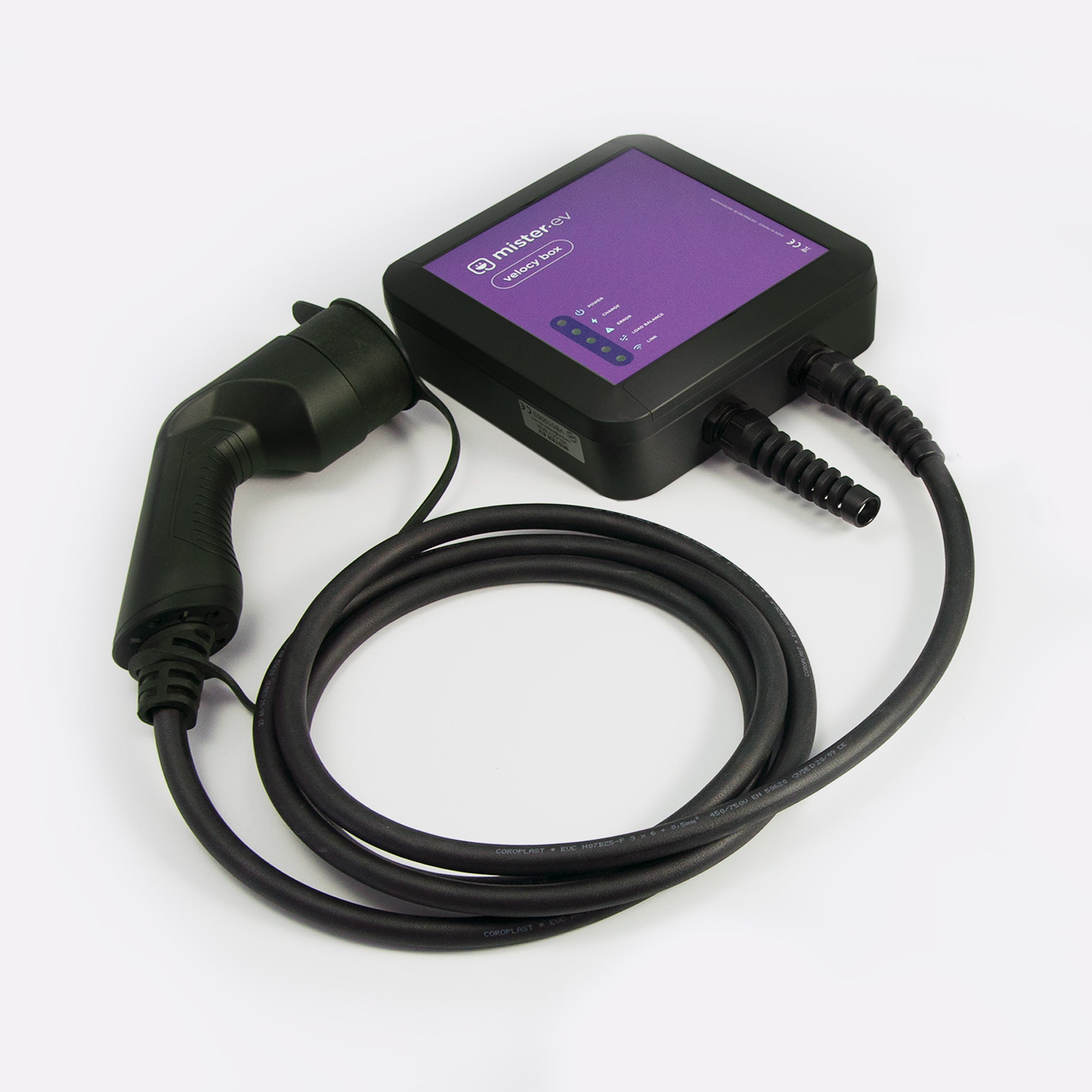
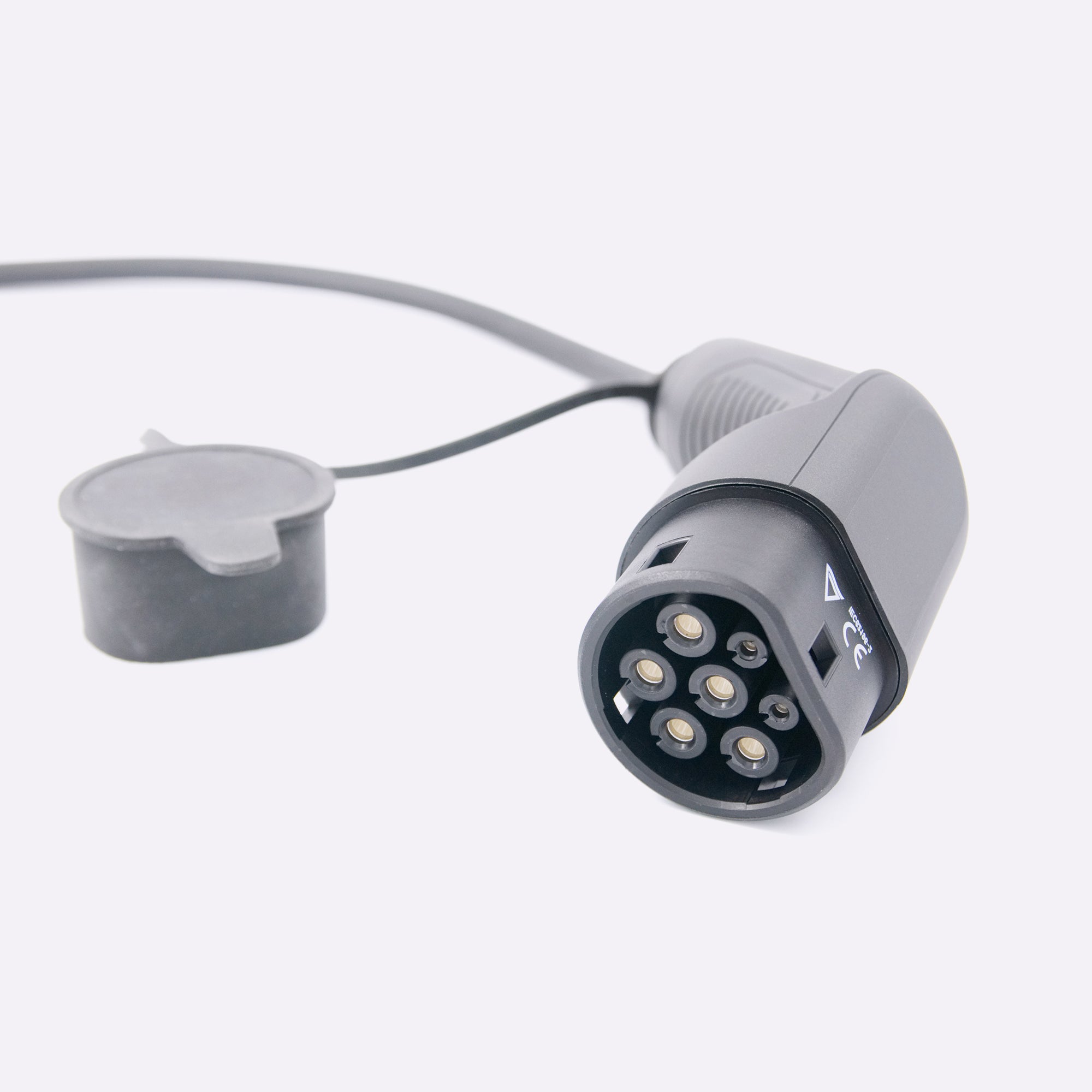



Leave a comment